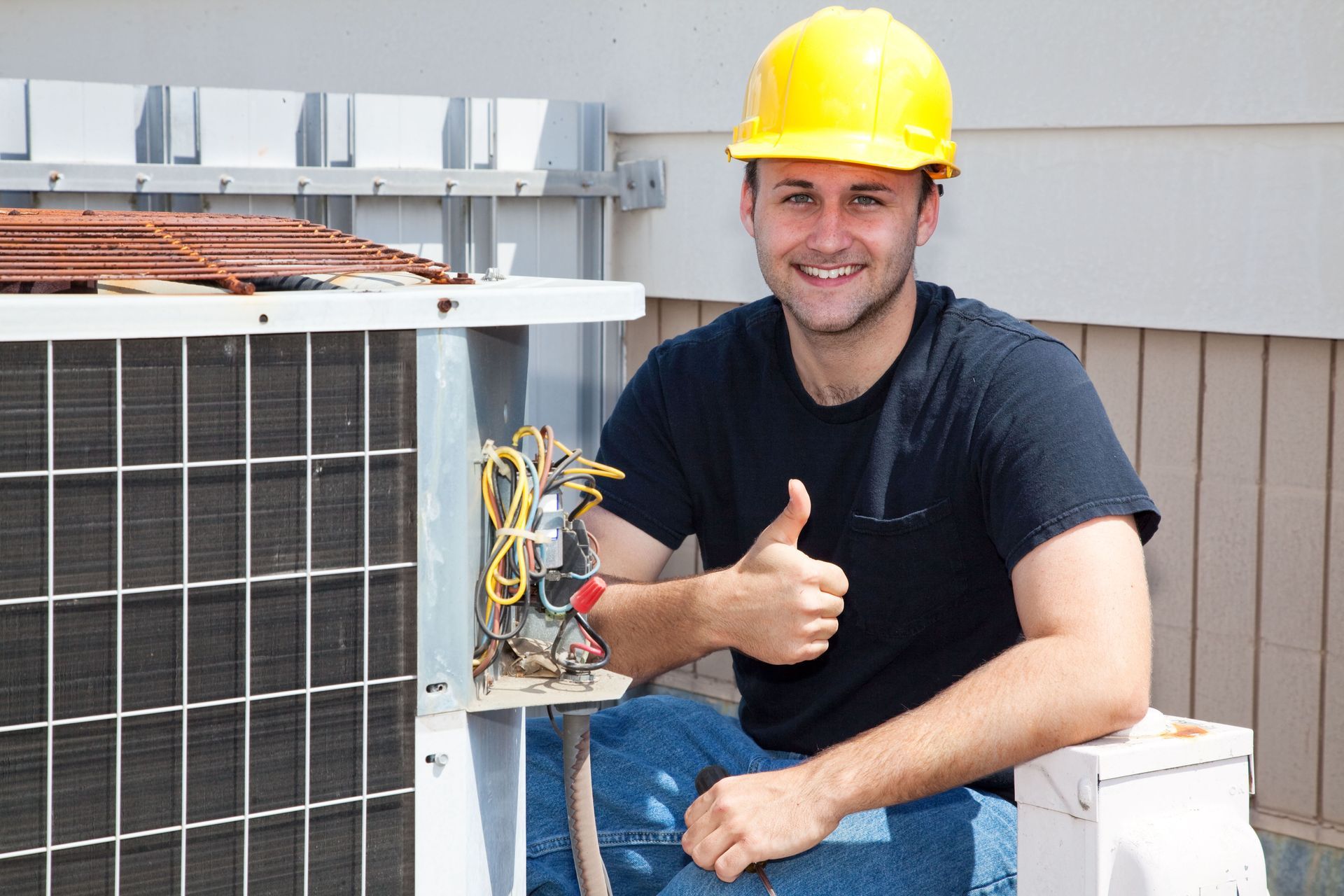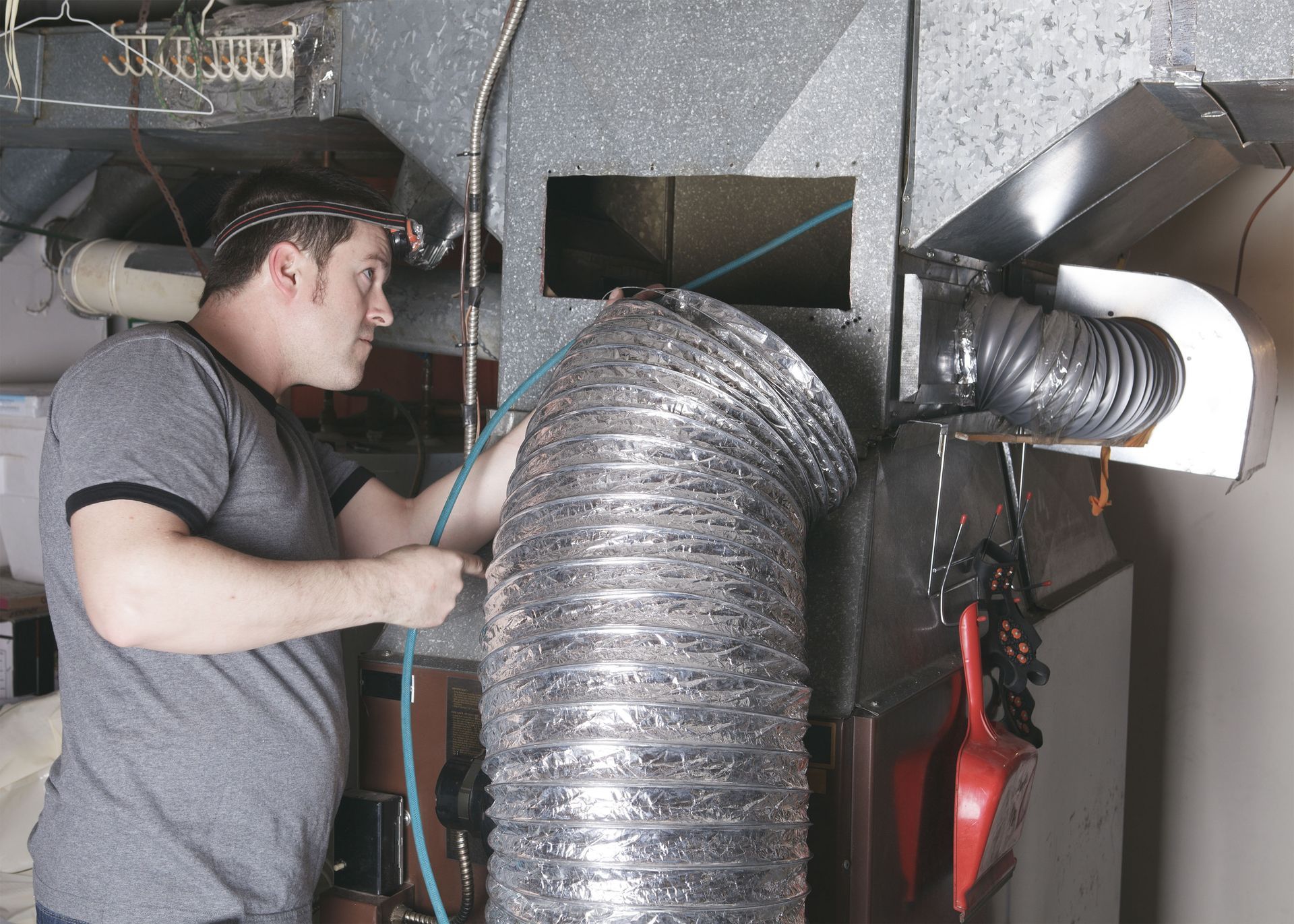8 Air Conditioning Sustainability Statistics Everyone Should Know
Air conditioning plays a vital role in maintaining comfortable living environments, particularly in regions with hot climates. However, its environmental and energy impacts are worth exploring as sustainability becomes a growing priority. Here are eight key air conditioning sustainability statistics that shed light on its usage, efficiency, and environmental effects.
1. Air Conditioning Accounts for 12% of Annual Household Energy Expenditure
According to the Sustainable Building Environment (SBE), 12% of the annual household energy expenditure is allocated to air conditioning. This significant percentage highlights the importance of focusing on energy-efficient systems to reduce both costs and environmental impacts. Homeowners can take steps such as regular maintenance, installing programmable thermostats, and investing in energy-efficient units to minimize this expense while also reducing their carbon footprint.
2. Air Conditioning Is Responsible for 6% of Global Greenhouse Gas Emissions
The International Energy Agency (IEA) reports that 6% of global greenhouse gas emissions are directly linked to the energy consumed by air conditioners. This is equivalent to nearly 2 billion metric tons of carbon dioxide annually. The reliance on fossil fuels to power air conditioning systems contributes heavily to this figure, emphasizing the need for cleaner energy sources and more efficient cooling technologies.
3. Energy Efficiency Improvements Could Save 2.5 Billion Metric Tons of CO2 by 2050
Energy efficiency is a key area for improvement in air conditioning repair and installation efforts. According to the IEA, implementing higher energy efficiency standards globally could prevent 2.5 billion metric tons of carbon dioxide emissions by 2050. Encouraging the adoption of energy-efficient air conditioners, coupled with transitioning to renewable energy sources, can significantly reduce the environmental impact of cooling.
4. Modern Systems Can Reduce Energy Consumption by Up to 50%
The U.S. Department of Energy (DOE) highlights that modern air conditioning systems, especially those with high Seasonal Energy Efficiency Ratios (SEER), can reduce energy consumption by up to 50% compared to older units. Homeowners looking to replace outdated systems should prioritize units certified by ENERGY STAR or equipped with inverter technology. These systems not only cut energy use but also contribute to long-term savings.
5. Air Conditioning Demand Could Triple by 2050
The IEA projects that global demand for air conditioning repair and installation could triple by 2050, driven by rising incomes and increasing temperatures due to climate change. If current trends persist, air conditioners will become the largest driver of electricity demand in many countries. To mitigate the environmental impact, the adoption of sustainable cooling solutions, such as passive cooling designs and innovative refrigerants with lower global warming potential, will be essential.
6. Smart Thermostats Can Reduce Cooling Costs by 10-15%
The Environmental Protection Agency (EPA) states that smart thermostats can reduce cooling costs by 10-15% annually. These devices enable precise temperature control, scheduling, and real-time monitoring, which optimizes energy usage. By integrating smart technology with energy-efficient air conditioning units, households can significantly reduce their energy consumption and environmental impact.
7. Nearly 90% of U.S. Homes Have Air Conditioning Systems
According to the U.S. Energy Information Administration (EIA), almost 90% of homes in the United States are equipped with air conditioning systems, making it a nearly universal feature in residential buildings. While this shows the reliance on air conditioning repair and installation services for comfort, it also underscores the need for energy-efficient solutions to minimize environmental impact on such a large scale.
8. Switching to Energy-Efficient Refrigerants Could Cut Emissions by 460 Million Metric Tons Annually
The Kigali Amendment to the Montreal Protocol highlights that replacing traditional refrigerants with energy-efficient alternatives could cut global emissions by up to 460 million metric tons annually. These refrigerants have a lower global warming potential (GWP) and are a crucial component in reducing the environmental footprint of air conditioning systems. Transitioning to these new refrigerants is a priority for both manufacturers and governments worldwide.
As global temperatures rise, the demand for air conditioning will continue to grow. By understanding these key statistics and taking proactive measures, individuals can contribute to a more sustainable future while enjoying the comforts of modern air conditioning. When you require professional air conditioning repair, installation, or maintenance services, get in touch with our team at Air Products Heating & Cooling! We're happy to answer all your HVAC-related questions.




Share On: